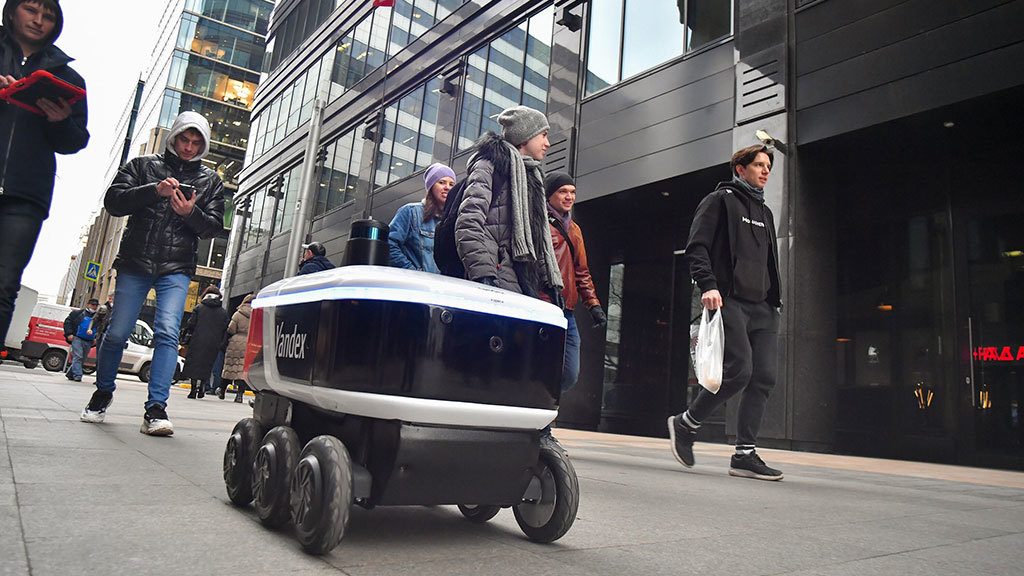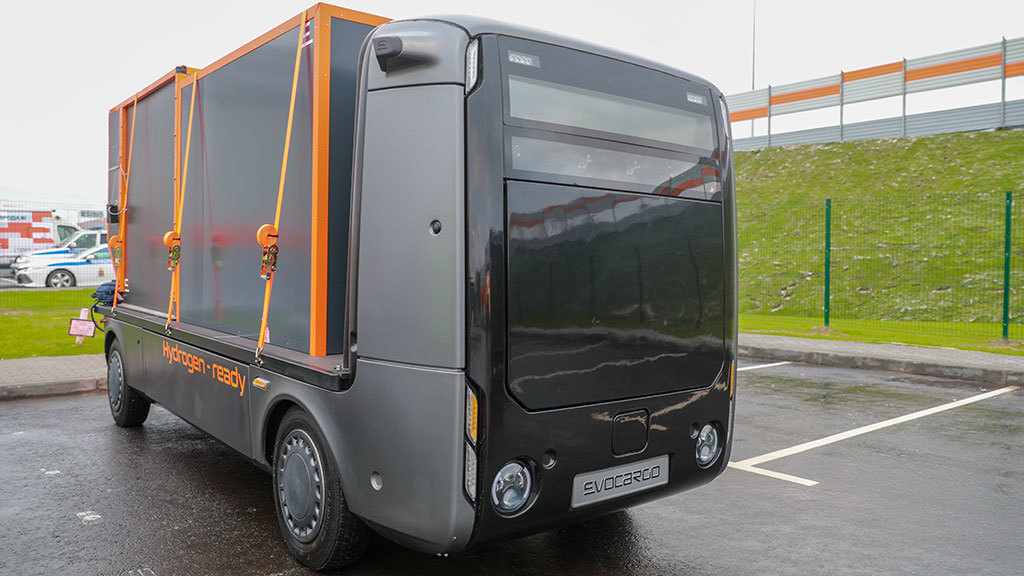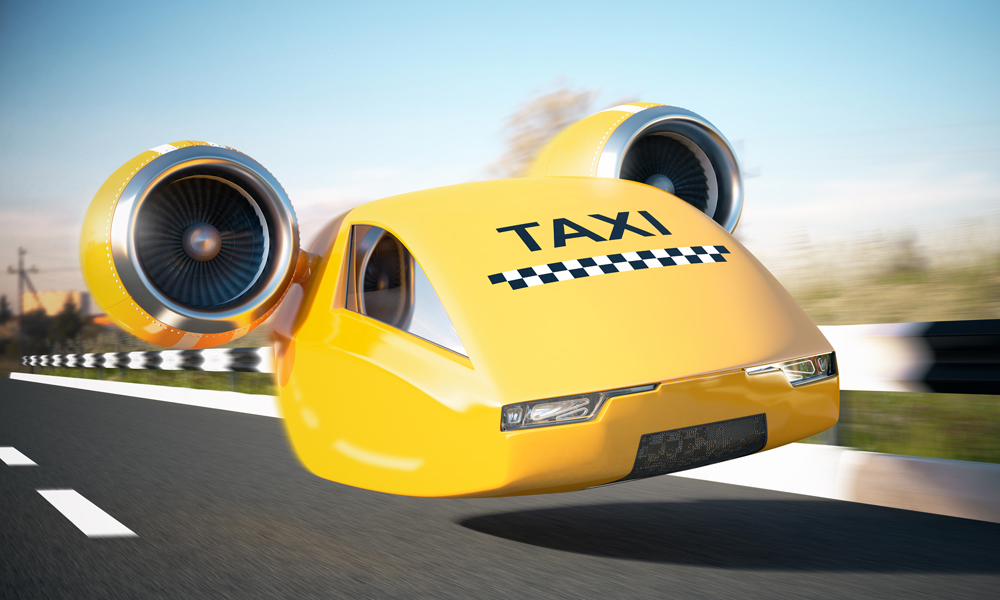
The world is slowly turning into the manner in which we know it from science fiction films: automated taxis are cruising all over Russia, trial of a Russian independent air taxi are booked for 2024 at Skolkovo
Last year, Yandex declared the send off of automated taxis in Moscow, however without giving explicit dates: the organization was sitting tight for the reception of the EPR program, a trial legitimate system that permits you to drop regulations and guidelines in specific domains briefly. For instance, on account of the send off of robots, a freeze of various arrangements of traffic rules is required.
The EPR was supported in Walk 2022, yet the IT monster is in no rush to carry robots to the line and is as yet testing different “client situations”. Today, just workers of the organization air taxi can involve the administrations of an automated taxi in Moscow in test mode.
In the modern city of Innopolis, the organization sent off its administration a long time back. Valid, there is one stretch in this “droneness”. As per current regulation, the test engineer should be in the vehicle. So you ought not be anxious about the possibility that that the gear will come up short and the vehicle will steer you in an obscure course.
User scenarios
“Using the EPR, this experience will be reproduced air taxi to other geological areas inside the Russian Organization. There is no question that an automated air taxi will offer types of assistance to a rising number of Russian residents before very long. All current hierarchical and specialized troubles that substitute the method of the far reaching utilization of an automated ground taxi will be settled,” says Proverb Mysev, head of broadcast communications projects at Diginavis.
“Presently, both in Russia and on the planet, we see the send off of taxi administrations in humble communities and in specific areas of enormous urban communities. With the further advancement of innovation, the areas of activity of automated vehicles will grow,” adds the press administration of automated advancements of Yandex.

Flight freedom
As of now toward the finish of this current year, Skolkovo will start testing the air portability zone, and by 2024, testing of automated air taxi traveler air cabs ought to start. In any case, there are as yet various mechanical and administrative obstructions. “An automated air taxi represents an expanded gamble for the two travelers and ground framework, and the innovation isn’t yet prepared for this,” says Alexei Belyakov, VP, Leader Overseer of the High level Assembling Advancements Bunch of the Skolkovo Establishment. – This applies not exclusively to Russia. Assuming we take a gander at the degree of improvement of air taxis in different nations, for instance, in China, the USA, Europe, we won’t see automated guaranteed air taxis that would convey travelers. Boeing has such projects, yet they are as yet in progress.”
145 000
Orders to date have been filled by Yandex messengers
The way that in Europe business traveler transportation utilizing air taxis is probably going to start as soon as 2024-2025 was declared in May 2021 by the Chief Overseer of the European Flying Security Organization (EASA), Patrick Kay.
“Market possibilities are of premium not exclusively to new businesses and examination focuses, yet in addition to enormous car and airplane fabricating organizations. In 2019, for instance, automaker Hyundai chose to enter the metropolitan air travel market and foster its own flying vehicles. In 2020, air taxi Hyundai reported that it will put $1.5 billion in new air portability projects in the UK,” says Vladislav Shifrin, Guide to the President of the Aeroscript Research and development Center.
Air travel
Likely, from the start, air travel will be a celebrity administration, clients will pay enormous cash for an exceptional help. As indicated by Belyakov, all that will begin with sporting excursions, as is at present occurring with the space air taxi the travel industry administrator Virgin Cosmic, a similar will occur with drones. “As innovation advances and dangers are taken out, the expense bend goes down and the assistance opens up to the majority,” he makes sense of.
Andrei Ionin, boss investigator of the Computerized Transport and Coordinated operations Affiliation, concurs with him: “Automated vehicles will become reasonable when their large scale manufacturing starts. However, for mass interest, the innovation should demonstrate its expense adequacy for business.”
It turns out an endless loop: all things considered, to demonstrate the viability, carrying the innovation to the market is essential. “A long time back, auto and air transport and air taxi required a long time to arrive at the mass level, while the cost of human existence was not however high then as it seems to be currently. This implies that the demeanor to somewhere safe and secure in transport was totally unique. Today, we need to go the same way in a couple of years, and in any event, when security is the main issue, “Ionin contends.
Public transport
Public transport is also becoming as automated as possible. In 2021, Russian Railways completed all stages of development and testing of vision and remote control systems for the Lastochka electric train with the third level of automation. At Lastochka, which is being tested at the Moscow Central Circle today, the function of the driver is to control the landing and control in emergency situations.
“The system shows the detection range of people and large obstacles: during the day – up to 800 m, at night – up to 400 m, air taxi which exceeds the capabilities of a person with normal vision by more than 30%, while the system’s response time to an event is no more than 0.3 seconds, and a person – according to the standards, an average of 1.3 seconds. Full automation of traffic will require the development of technical solutions, such as remotely controlled braking and pneumatic equipment, a new module of automatic doors with security control. The electric train with the indicated improvements will have the fourth, maximum level of automation, which implies the complete exclusion of the direct participation of a person in driving the electric train, ”comments the Russian Railways press service.
The use of unmanned trains in the subway is also not far off. For example, in Kazan, the completely unmanned operation of the metro should be debugged by 2025.

It’s me, the postman Pechkin
The delivery market in a couple of years will be hard to imagine air taxi without drones. Now Yandex has more than 250 autonomous courier robots. They work in several districts of Moscow, as well as in Murin and Innopolis. To date, robots have completed about 145,000 orders. To pick up the parcel, the recipient needs to give the appropriate command on his smartphone. Delivery by a robot is free and is comparable in time to a foot courier.
“In the near future, delivery robots will definitely not supplant couriers,” said a spokesman for the press service of Yandex unmanned technologies. “But over the next few years, robots will help balance the growing demand for courier services. The robot, unlike the courier, delivers parcels to the entrance. The decisive factors for the buyer are the price and speed of delivery. If it is possible to get the goods cheaper or faster, then the need to go down to the entrance to get them no longer plays a big role. At the moment, our main task is to teach robots to move around the streets in the most efficient way.”
Russian Post is also testing the delivery of goods and mail, but by air, air taxi using drones. By 2024, the company plans to launch seven routes in Yamal and 21 in Chukotka.
“In China, several large-scale pilot projects are being implemented in Shenzhen and Hainan. The experience of China shows that the mass use of UAVs (unmanned aerial vehicles. – Vedomosti) in an urban environment is possible. Thus, within the framework of the UTMISS pilot project on the densely populated island of Hainan, 241,184 UAV flights were made in two months (from May 1 to June 30, 2020),” says Vladislav Shifrin.
Trucks between capitals
By 2024, commercial unmanned trucks will drive along the M11 highway. Similar experiments are already being carried out in the most technologically advanced countries. “On some roads in Europe, unmanned cargo trucks are already moving in different configurations: accompanied by a car with a driver, between warehouse terminals, etc. European regulators are starting to issue licenses for such drones to travel on public roads. An infrastructure will be gradually created along the highways, which will allow organizing the movement of truck-robots and, if necessary, making adjustments in the remote access mode,” says Maxim Mysev.
According to Andrei Ionin, despite the inevitable technological breakthrough in the field of unmanned technologies, the mass profession of a truck driver will not disappear in the near future. Since today such a driver is also a cargo guard, a freight forwarder, and, if necessary, a car repairman, and even sometimes a loader. “Technology can only replace a person if it is cost-effective. For example, an unmanned truck will break the wheel on the highway and because of such a trifle there will be a downtime, because the repair team will not be able to arrive immediately, which means that this is a loss of money, and possibly a fine from the consignor. Unemployment is also not threatened by bus drivers who carry dozens of people, and the issue of safety is of key importance. In a taxi, the driver, I think, will be replaced by a robot on the horizon of 10 years, since one person usually carries one or two passengers. It’s a paradox, but taxi rides with a driver will soon be of a premium nature, ”the expert argues.
What’s stopping
There are several problems hindering the mass introduction of unmanned technologies. In addition to the economic component, as well as issues of security and adaptation of society to new realities, the key is building a clear system of regulation by the state.




